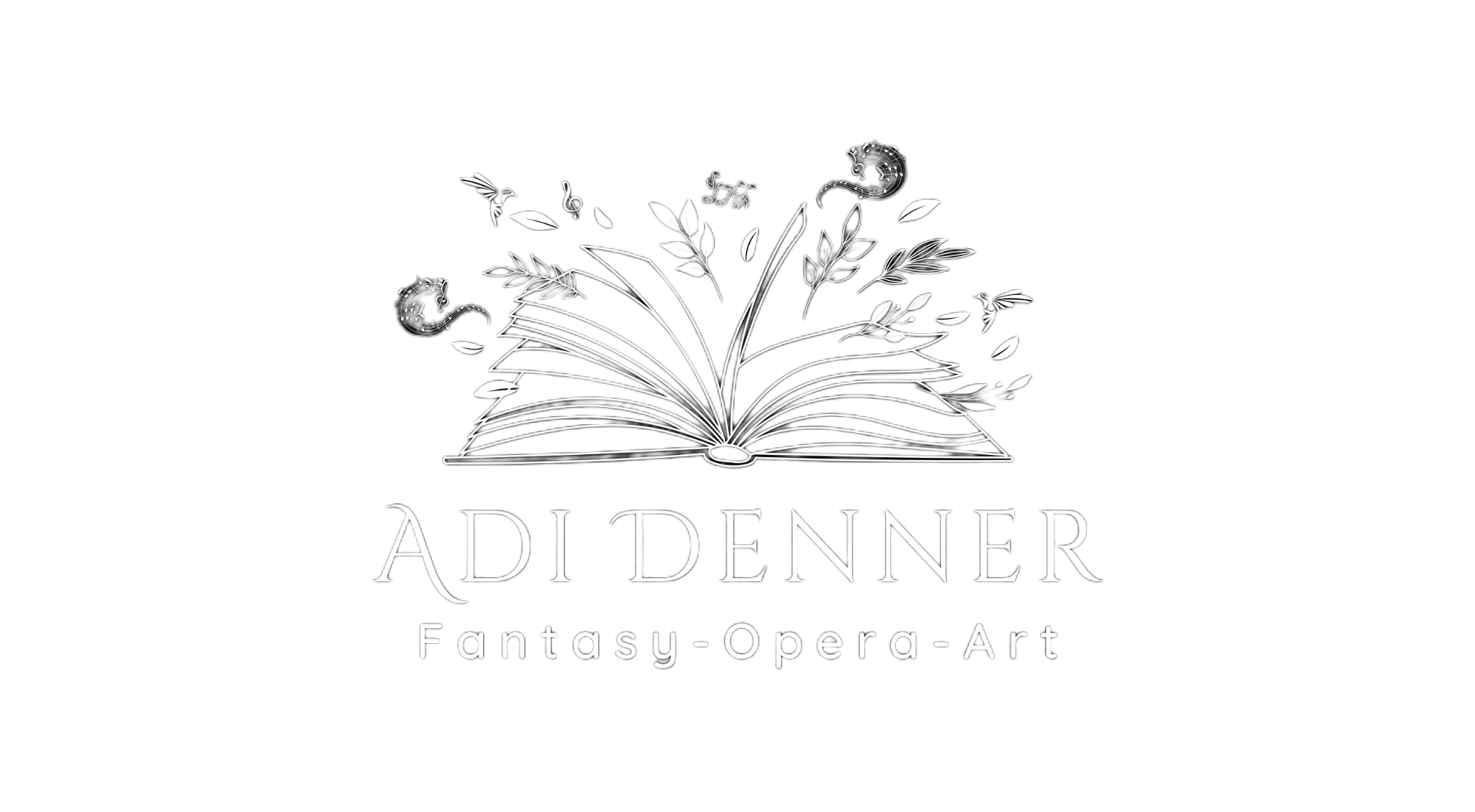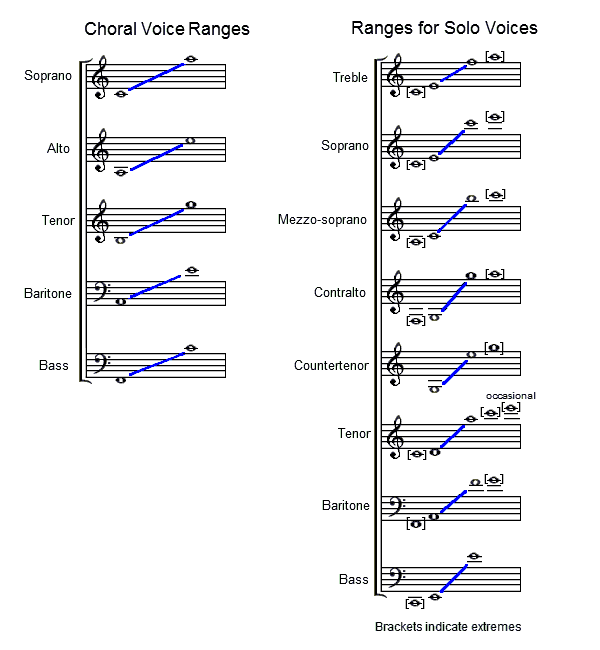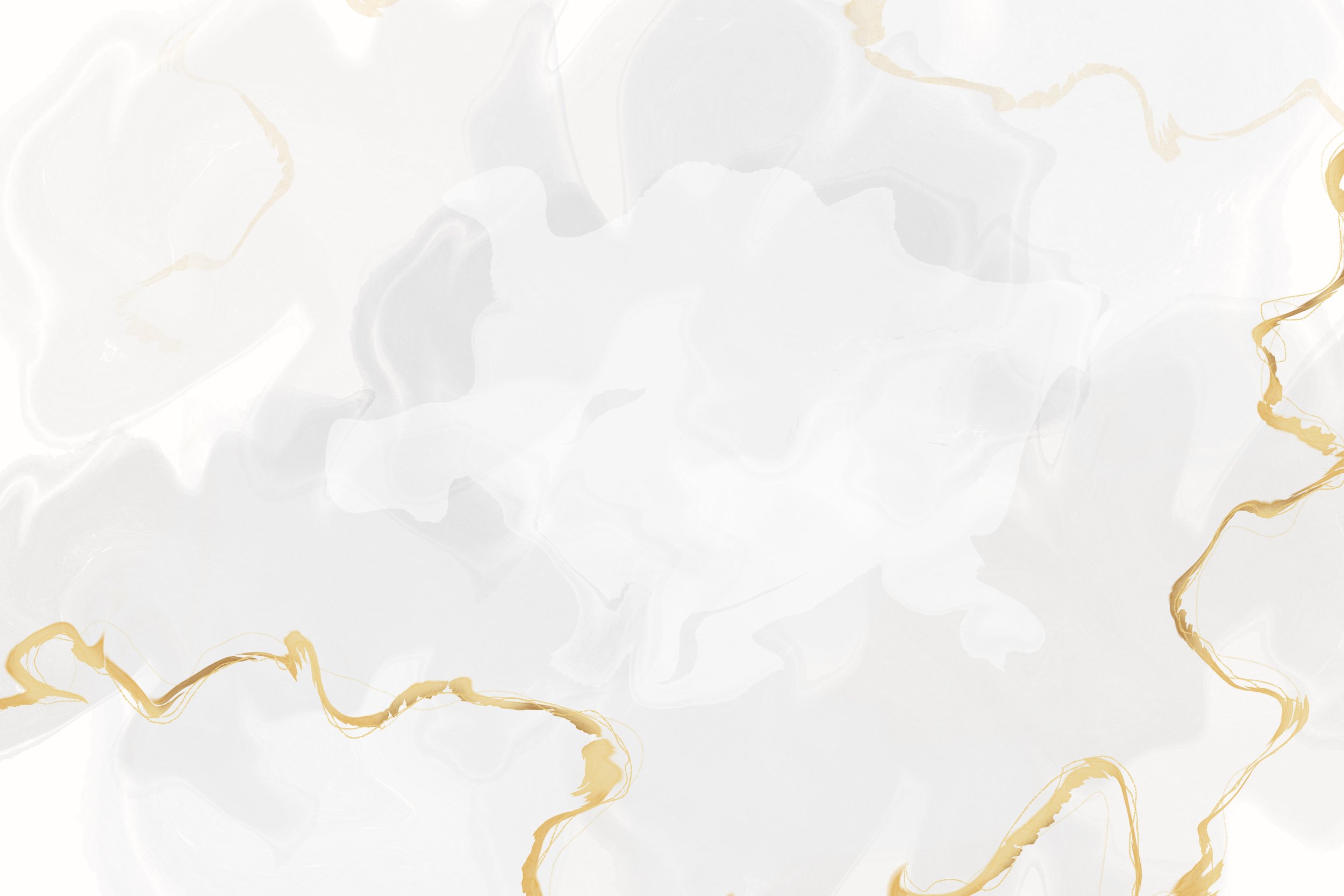voice types
soprano. mezzo-Soprano. Contralto. Tenor. Baritone. Bass
You have all probably heard these terms before, but while most of us know to say that a soprano sings high notes only a few will know that is not the only determining factor when talked about voice types and that even under the umbrella term of ‘soprano’ there are actually sub categories.
Indeed, these terms are mostly associated with the grandeur of opera houses and classical compositions, but their relevance extends far beyond the classical realm. These classifications speak to the fundamental qualities of the human voice, applicable across all genres of music. Understanding these vocal types provides insight into how different artists project their signature sounds.
Vocal range
Vocal range encompasses the spectrum of notes that an individual's voice can produce, from the lowest to the highest pitch.
But it vocal range the only thing that determines our voice type?
“The human voice is the most beautiful instrument of all, but it is the most difficult to play.”
— Richard Strauss
For those of you who already read ‘The Kiss of the Nightingale’ and for those of you who are planning to, this short article is all about explaining one of the most fundamental aspects of singing, and sharing a bit of information on one of the very first things Cleodora encounters after she turns into a singer over night—determining her voice type.
As a cornerstone of Western classical music, opera has enchanted audiences for centuries with its combination of drama, art, and, most pivotally, voice. The categorization of voice types in opera is not merely a method of classification but a reflection of the art form’s evolving history and the diverse characters it brings to life. It is almost impossible to understand the magnitude of this without, at least briefly, delving into those historical roots.
The genesis of opera in the late 16th century marked a revolution in musical storytelling, with Italy at its heart. Opera emerged as a spectacle that sought to blend music, drama, and the visual arts in a cohesive whole, giving birth to an art form where the voice was paramount.
In opera's infancy, the castrato—a male singer castrated before puberty to preserve a childlike voice alongside adult lung power—dominated the stage, especially in roles that demanded a wide vocal range and a powerful, pure sound. This practice, though ethically questionable by modern standards, highlights the lengths to which society once went to achieve a certain vocal ideal. As opera entered the Classical era (~18th century), the art form's emotional depth and complexity grew, necessitating more nuanced voice types. This period saw the decline of the castrato and the ascent of female voices in leading roles. Composers started expecting certain qualities from the singers. Suddenly purity of sound wasn’t the only thing that mattered. They wanted the voices to reflect the characters emotional state, to better fit a certain archetype—a fuller darker sound for the ‘destined for tragedy heroine’, a lighter more agile voice for the ‘peppy maiden’. During the 19th century, the voice types had evolved into a sophisticated hierarchy, each with its subcategories tailored to fit different types of characters. This period solidified the structure of voice types as we understand them today.
Back to ‘The Kiss of the Nightingale’ for a moment, we see Cleodora being identified not only as a soprano but as a—Dramatic Coloratura.
This voice type is indeed one of those sub categories, clarifying the specific color and agility of the voice on top of the vocal range! That type of distinction exists in all voice types.
Lets quickly go over that list:
Soprano:
The soprano voice, often the star of the opera, carries purity, agility, and a range that spans the emotional spectrum and can be generally split into 5 sub categories. Generally speaking, these sub categories do have some correlation with vocal range—Coloratura being the highest to Dramatic being ‘the lowest’ within the soprano. But that is definitely not the clear determining factor between them. The actual differences lie in ‘the color’ or ‘texture’ of the voice.
Coloraturas are definitely the highest voices, with extreme flexibility fitting for dazzling vocal pyrotechnics. Coloratura’s are often divided into two sub-sub categories: lyric and dramatic coloraturas. With the the lyric ones often showcasing an added upper extension for their vocal range, and lighter voices, while the dramatic coloraturas might sound ‘heavier’ or ‘fuller’ while still maintaining the extra agility.
The soubrettes have a light sweet timbre and a range that sits more in the middle, and are often found in comic operas or operettas, portraying the roles of youthful girls, flirtatious characters and cheeky maids.
The Lyric Sopranos are probably the ‘opera divas’ that most us have in mind when thinking of a soprano. They have warmer, richer voices, and a vocal range that while generally higher than a soubrette doesn’t reach the peaks of the coloraturas.
Then we have the more dramatic voices of the bunch, the spinto and the dramatic sopranos. Their roles are often interchangeable, but generally speaking the spinto’s still maintain the ‘brightness’ of the other sopranos while being able to ‘push’ (the word ‘Spingere’ literally means- to push, in Italian) their voices into dramatic climaxes, while the dramatic sopranos are much heavier voices, with less agility and a fuller, bigger sound fit for sustained notes and emotive lines.
Mezzo-Soprano:
The mezzo-soprano, with a range that lies between the soprano and the contralto (In Italian the word Mezzo means- middle), is celebrated for its rich timbre and versatility. With a darker rounder sound Mezzo roles often include the seductress, the mother, or the male trouser role, showcasing the voice's adaptability across dramatic contexts.
The mezzos have a very wide range and because of that they are often miss identified early on. One of the best ways to solve that issue is finding the most comfortable areas for the singer to sing in—a mezzo likes singing in the middle range—they can hit high notes but prefer not to stay there too long.
Once again this voice type can be broken into 3 sub categories: coloratura, lyric and dramatic.
These work pretty similar to the soprano sub categories, with the coloraturas being very agile and singing a lot of ornamented passages, the lyric ones sitting slightly lower and featuring smoother warmer voices, and the dramatic ones that showcase powerful round voices capable of cutting over full orchestras and chorus. The dramatic mezzos often portray the femmes fatal characters.
Contralto:
Being with the lowest vocal range of the female voices, the contraltos are marked by deep and resonant qualities. Contraltos captivate with their powerful, velvety tones, bringing a rare and profound depth to their performances. Their unique vocal range allows them to explore a spectrum of roles, from the noble and serious to the mystical and enigmatic, showcasing the voice's unparalleled richness and emotional intensity. It is important to note that there are very few ‘real’ contraltos and that the operatic literature is very limited in roles for them because of that, which means they are also often cast in roles meant for mezzo sopranos, or roles originally meant for castrati.
For an even more in-depth dive I highly recommend this incredible video showcasing all female voices with incredible examples!




